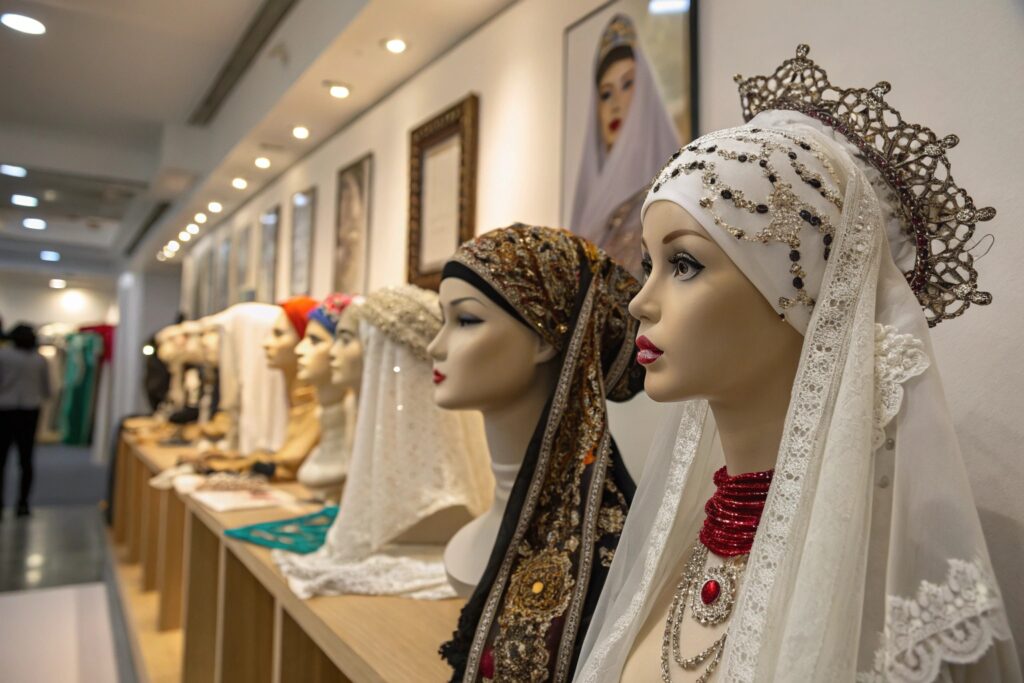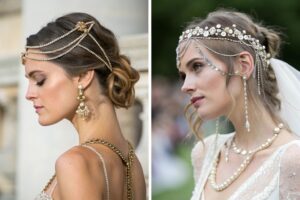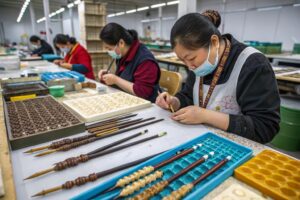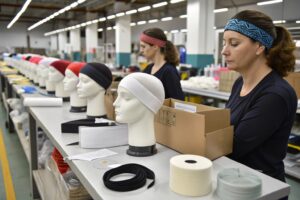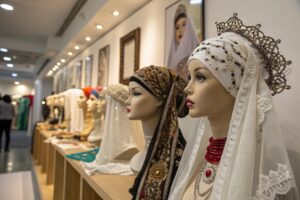Cultural appropriation can damage a brand’s image overnight, especially when selling fashion accessories inspired by heritage styles. Whether it’s a Japanese Kanzashi pin, an Indian maang tikka, or a West African gele, sourcing culturally inspired hair accessories comes with high responsibility—and high opportunity.
Buyers and brands looking to offer globally inspired hair accessories must prioritize authenticity, ethical sourcing, and respectful storytelling to succeed in today’s diverse and conscious consumer markets.
In this article, I’ll show how working with the right factory—like HairAcc—can help you design and source hair accessories that are not only beautiful and functional, but also culturally respectful and globally successful.
What Are Culturally Authentic Hair Accessories?
Culturally authentic hair accessories are rooted in heritage, traditional usage, and community symbolism. They go beyond fashion trends to reflect a culture’s identity.
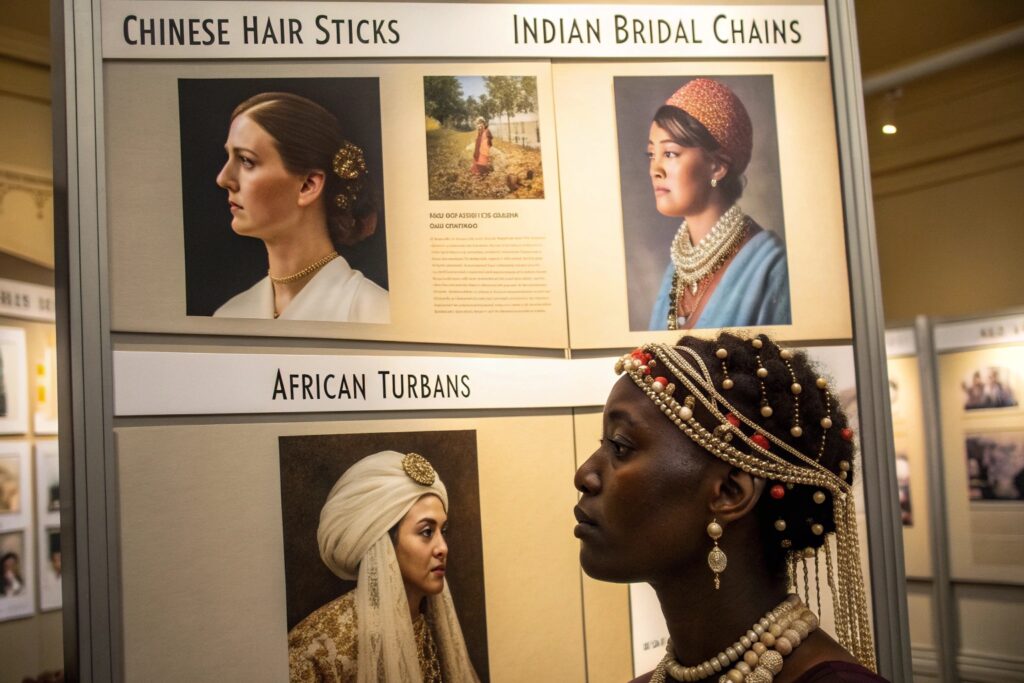
What Are the Most Recognized Cultural Styles?
Some of the most recognized styles in global markets include:
| Region | Hair Accessory Type | Significance |
|---|---|---|
| East Asia | Kanzashi, jade hair sticks | Ceremonial and symbolic elegance |
| South Asia | Maang tikka, decorative pins | Bridal and festive significance |
| Africa | Headwraps, braided clips | Identity, spirituality, and heritage |
| Europe | Lace veils, floral crowns | Weddings, royalty, and folklore |
| Middle East | Embellished headscarves | Modesty, status, and tradition |
Consumers increasingly want accessories with meaning and origin, not just trendy designs.
How Can Sourcing Support Preservation?
By working with factories who understand these traditions and respect original designs, brands can help preserve cultural artistry. HairAcc collaborates with regional artisans and cultural consultants to ensure adaptations don’t distort or disrespect their origin. Learn more from Craftsmanship Quarterly.
How Can Factories Assist with Ethical Cultural Design?
Factories play a huge role in whether a culturally inspired product honors its roots—or crosses the line into appropriation.
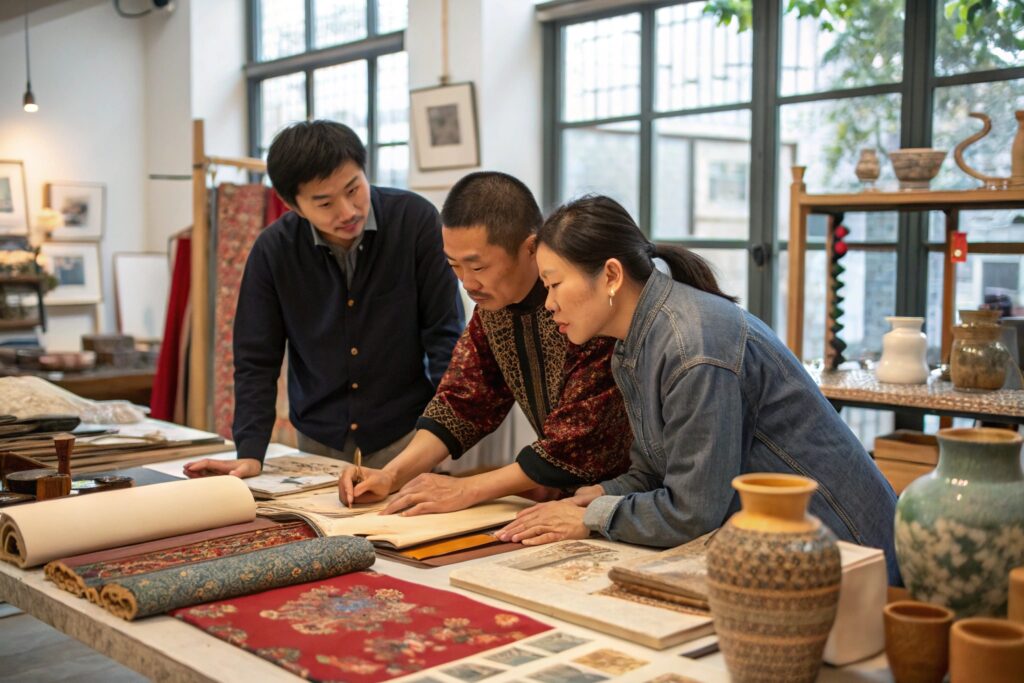
Do You Consult Experts or Communities?
Yes. At HairAcc, we have a network of cultural advisors and collaborate with heritage designers. Before we start sampling a traditional item (e.g. lotus-shaped Kanzashi), we validate style, structure, and naming with experts familiar with the region’s history.
We also use cultural storytelling to explain the background of each product during marketing and packaging—an approach aligned with Fair Trade Federation principles.
How Do You Handle Modifications?
Some designs need to be adapted for modern wearability. For instance, a full bridal veil might become a mini veil hair clip. We make sure those changes are respectful and clearly positioned as "inspired-by" rather than replicas. For best practices, review this UNESCO cultural heritage sourcing guide.
What Materials Reflect Authenticity in Global Hair Accessories?
Material sourcing is just as important as the final design. Using synthetic alternatives may compromise the authenticity of the product.
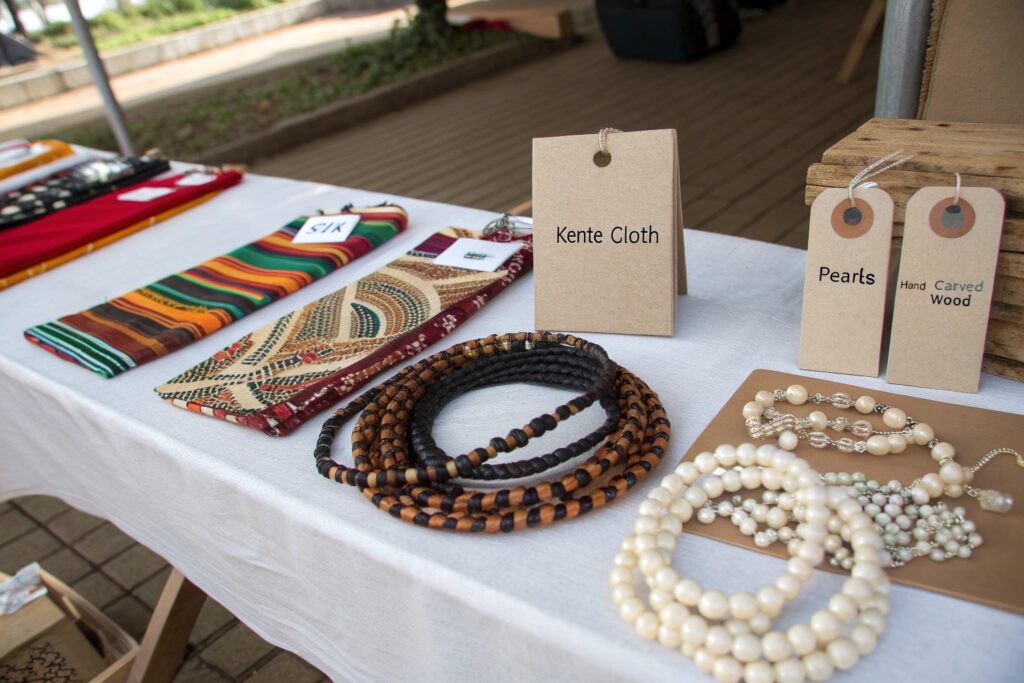
What Are Popular Region-Based Materials?
- Asia: Silk, jade, carved bamboo, gold thread
- Africa: Ankara fabric, beads, copper, cowrie shells
- South America: Alpaca wool, macramé cotton, natural stones
- Europe: Lace, embroidery, velvet
- Middle East: Brocade, metal filigree, tassels
At HairAcc, we partner with specialty dyeing and embroidery workshops to recreate these regional textures accurately.
Are There Eco-Friendly Authentic Options?
Yes. Many cultures use sustainable methods like plant-based dyes or zero-waste weaving. We help buyers source GOTS-certified organic materials, OEKO-TEX safe dyes, and recyclable trims to keep the product sustainable and compliant. Explore sustainable options at Textile Exchange.
How Can Buyers Protect Cultural Integrity While Scaling?
Balancing mass production and cultural respect is possible—with the right structure and accountability.
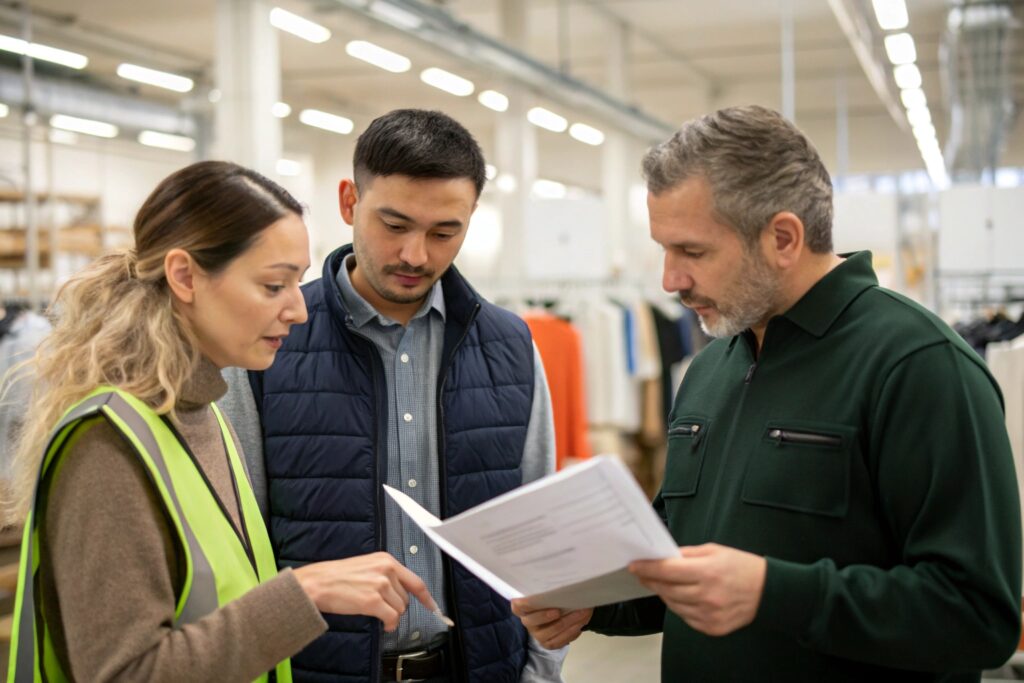
What Should Be on Your Integrity Checklist?
- Label the origin (e.g. “Inspired by Yoruba ceremonial style”)
- Credit the culture in marketing content and tags
- Avoid misnaming or misrepresenting traditions
- Use respectful models and photography
- Work with licensed artisans or verified cultural advisors
This checklist helps avoid backlash like those seen with brands criticized for cultural appropriation.
Can Factories Handle Cultural Packaging and Messaging?
Yes. At HairAcc, we help design packaging that includes the item’s cultural story, appropriate naming, and eco-friendly materials. Our clients appreciate how this builds customer trust and differentiates their brand. We also help ensure compliance with local cultural labeling laws through GS1 standards.
Conclusion
Culturally inspired hair accessories offer global brands the opportunity to blend beauty with meaning. But with that opportunity comes responsibility. When sourcing such products, buyers should seek factories that understand cultural context, involve traditional communities, and respect the integrity of the original designs.
At HairAcc, we don’t just make hair accessories—we co-create global stories. From design consulting to material sourcing and storytelling packaging, we help ensure every product you launch reflects both creativity and cultural authenticity.
If your brand wants to go beyond trends and build with respect, let us support you in creating accessories that honor the cultures that inspire them.

